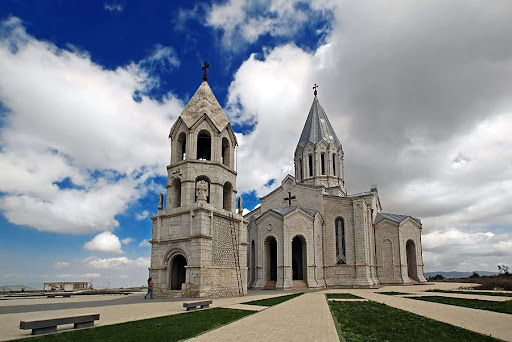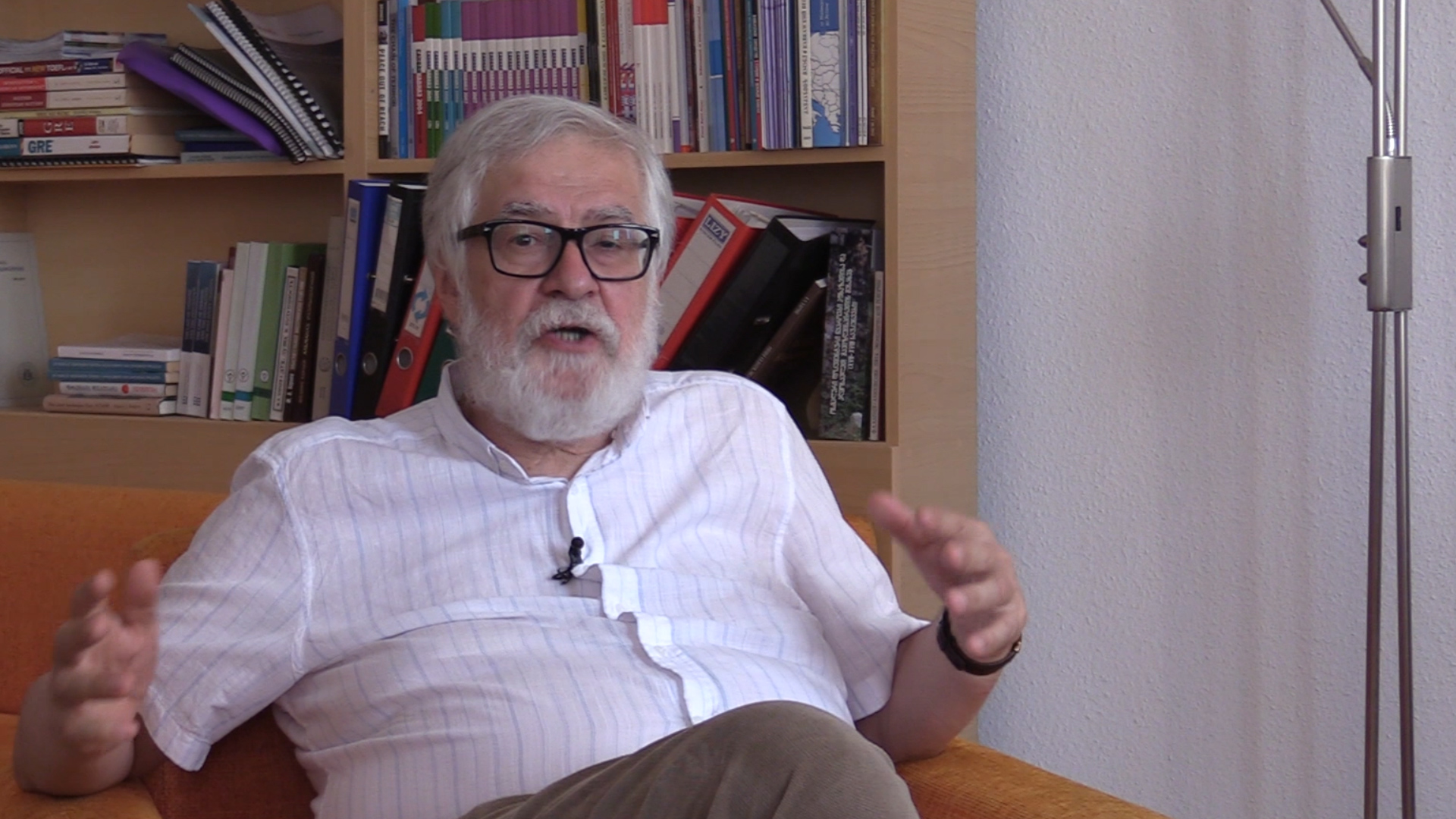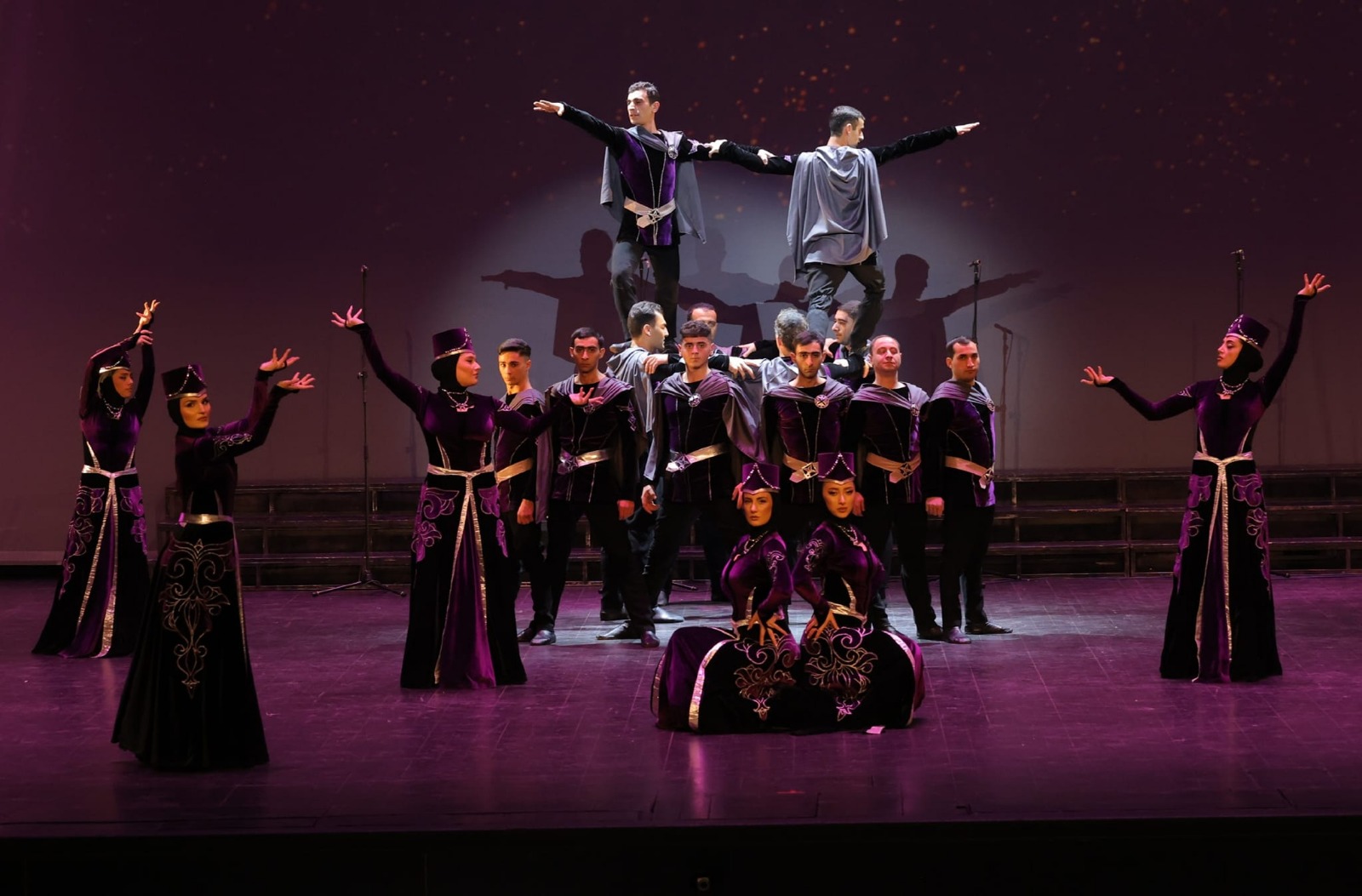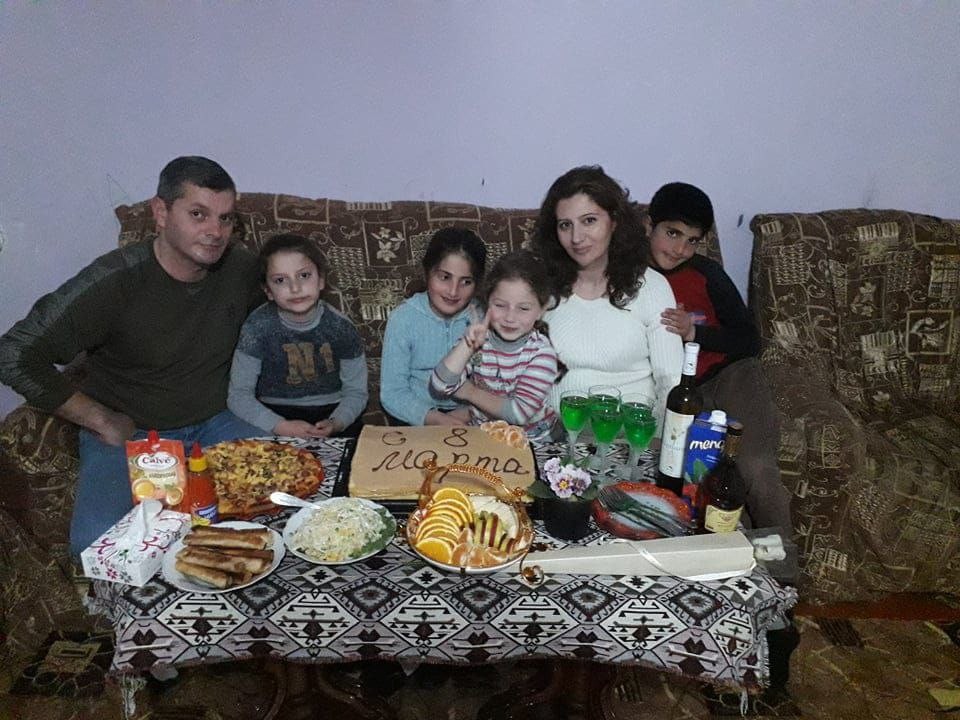As of September 27, 2020, 4,112 monuments in Artsakh had been documented and officially registered in state lists. During 2021–2022, efforts to document monuments and designate their protective zones continued. From 2009 to 2020, approximately 1,500 protective zones were established for historical and architectural monuments.
“Significant work was undertaken to locate these monuments. Several reserves were created to conduct consolidation work on certain monuments. Based on the results of these studies, excavations, and documentation, it can be said that a network of historical and cultural reserves was established in Artsakh. The last one created was the Mirik Historical and Cultural Reserve in the Kashatagh region,” said Lernik Hovhannisyan, Chairman of the Diocesan Council of the Artsakh Diocese of the Armenian Apostolic Church and former Minister of Culture of Artsakh.
However, following the 44-day war and the occupation of large parts of Artsakh’s territory by Azerbaijan, over 2,000 Armenian historical and cultural monuments were left on lands now under enemy control.
From 2021 to 2023, the documentation of monuments and the establishment of protective zones continued at a more intense pace. Unfortunately, by 2023, these efforts had significantly slowed. Due to the full blockade of Artsakh and the lack of fuel, travel to certain regions became almost impossible.
In the remaining territories of the Artsakh Republic under Armenian control, about 700–800 monuments were newly documented, bringing the total to approximately 5,000 remaining monuments. These include 430 monasteries and churches, about 2,400 khachkars (cross-stones), and 400 ancient cemeteries, excluding new ones, according to Mr. Hovhannisyan.
During and after the 44-day war, Azerbaijan launched a policy of cultural ethnocide aimed at destroying Artsakh’s cultural heritage. Some of the Armenian churches and monasteries, primarily built during the medieval period (early, high, and late Middle Ages), were declared Caucasian Albanian. This claim was applied to churches in the Hadrut, Kashatagh, and Karvachar regions. Newly built churches, constructed during Artsakh’s independence period starting from 1994, were gradually destroyed.
The first shocking incident occurred in late November to early December 2020 with the destruction of the Church of the Holy Mother of God in Jrakan (Jabrayil). This was followed by the explosion of Shushi’s Green Church (Kanach Zham), first its dome and bell tower, and later its complete destruction. A similar fate befell the Church of the Holy Ascension in Berdzor, built and consecrated in 1997.
The Church of the Holy Martyrs is now covered in nets, and according to our information, it is highly likely to be converted into a mosque. This represents a new policy by Azerbaijan. “If the appropriation of Armenian cultural heritage, which Azerbaijan began during the Soviet era and continued through the 1990s war and thereafter—where all Christian monuments in Artsakh, Utik, Syunik, and Nakhichevan were declared Albanian—now they have adopted another policy, likely borrowed from their elder brother, Turkey, where churches are converted into mosques,” said Lernik Hovhannisyan.
By Irina Hayrapetyan





